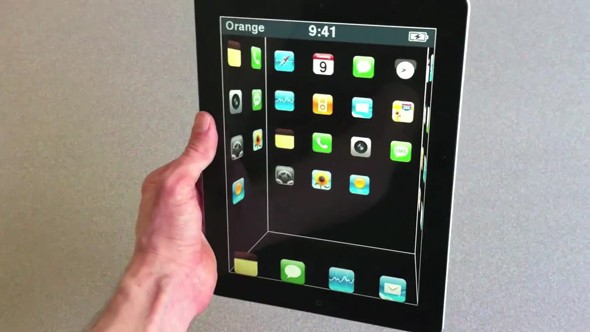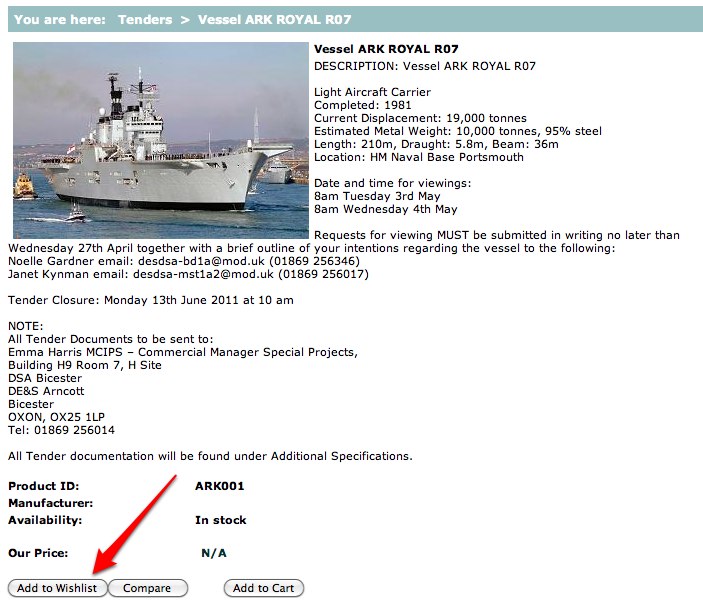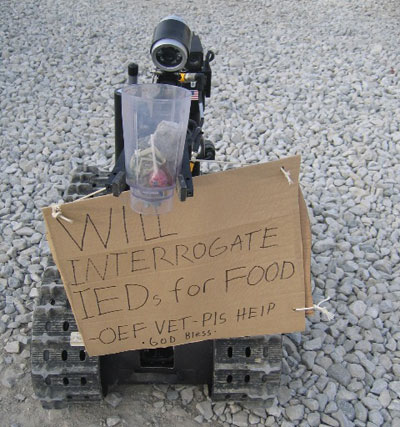
Created by Batuhan Bozkurt, Otomata is a cellular automata music sequencer.
The sequencer consists of a two dimensional grid. Each row and column correspond to a musical note, with the first row and first column representing the same note, the and so forth. By clicking on cell, the user places a cursor at that location which travels in one of the four directions. When the cursor hits the end of the row or column, the associated musical note plays, and the cursor reverses direction. Cursors can also change direction if they collide with each other.
I made two songs Otomata. The above pictured song is boring but symmetric. I like a later song I made more because it features a reoccurring motif while the cellular automata “improvises” over the top.
Otomata reminds me two other projects. The grid of moving squares reminds me of a Monome. I love the abstractness of the Monome interface, but I have no way to really justify purchasing one of these, but they look awesome.
The other thing Otomata recalls is Stephan Wolfram’s A New Kind of Music. (This “new kind of music” is apparently crappy 1980s MIDI, but I digress.) As you might have guessed, Stevie set his cellular automata rules up trigger MIDI events, giving equally predictable atrocious results.







